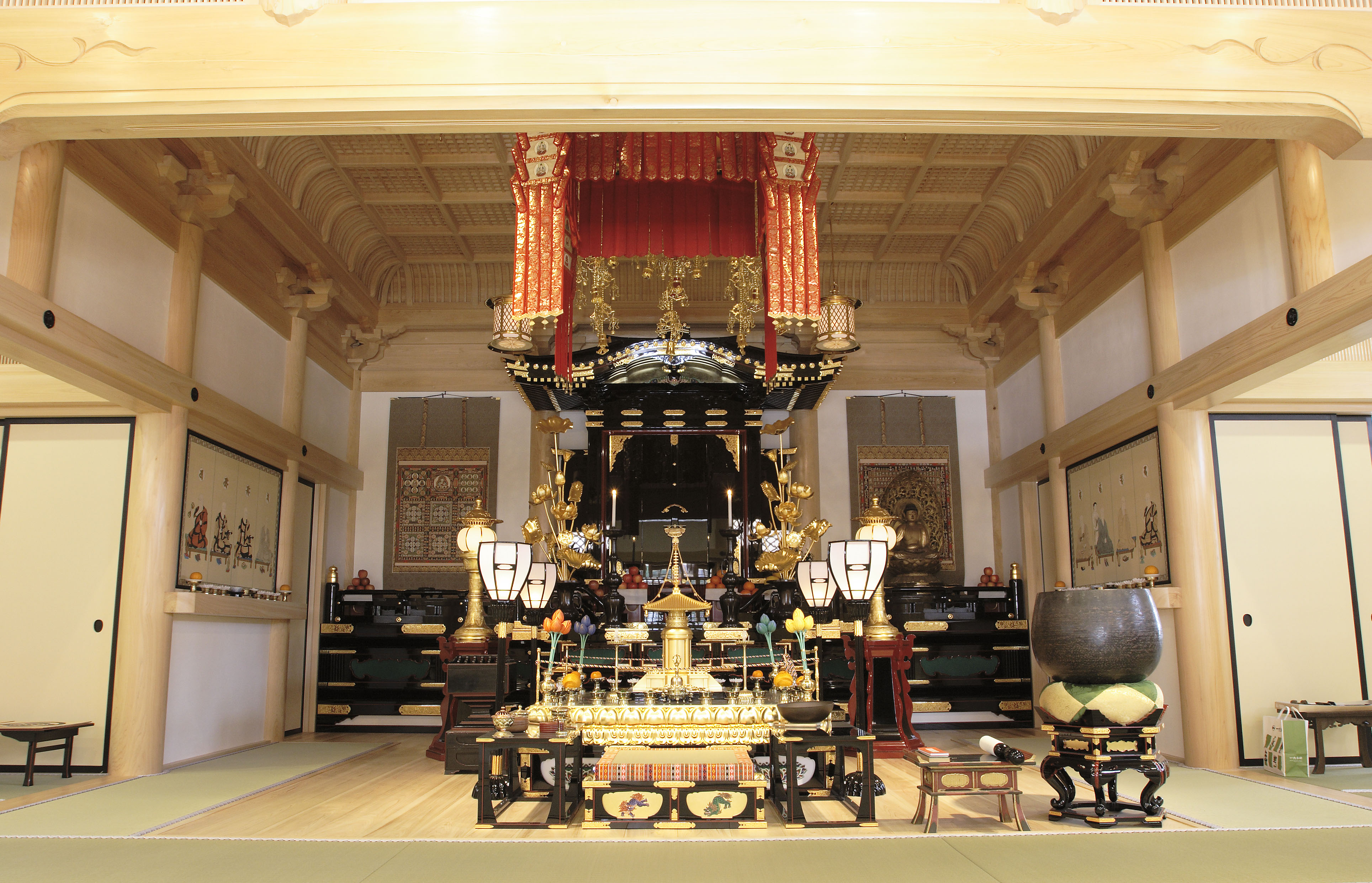KYO Butsugu (Buddhist Implements)

Buddhist prayer implements were likely first produced in Kyoto around the 8th century, when the monks Saichou and Kukai were exerting their influence over Heian Buddhism.
However, it was not until the beginning of the 11th century, when the Buddhist sculptor Sadatomo set up the Bussho workshop and gathered specialists to make the various items required, that the craft was truly established.
It is little wonder that this craft developed in Kyoto, which is the headquarters for around 100 different sects and home to nearly 3,000 temples as well as countless national treasures and cultural assets. This work is the manifestation of the skill and spirit of masters in a variety of fields. Designs differ according to the sect and the intended use, and include wooden and metal items, carved sculptures of the Buddha and other Buddhist images.
Feature
The production of Kyoto prayer implements involves the integration of a wide range techniques to create designs unique to each sect and reflects the city’s importance to the Buddhist faith.
How to make
Kyoto prayer implements are made for both temple and household use and can be divided into wooden sculptures, paintings and wooden or metal altar fittings. There are more than 1,500 types of fittings, each manufactured by hand. The production process consists of preparing the base, carving the wooden decorations, lacquering, gold embossing, applying gold-sprinkled lacquer and affixing the decorative fittings, metal ornaments and sculptures of the Buddha. Each stage comprises multiple steps and requires the expertise of master artisans.

